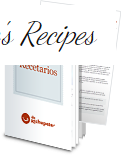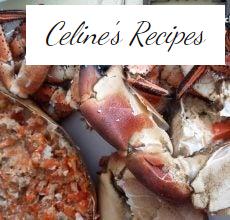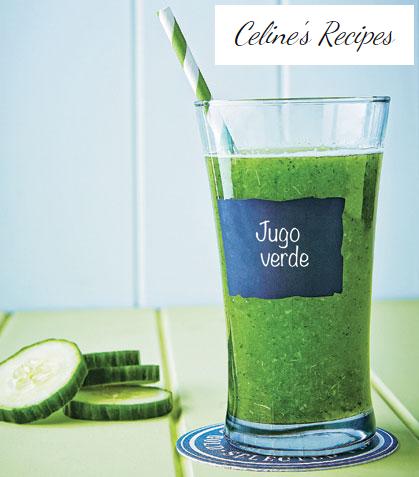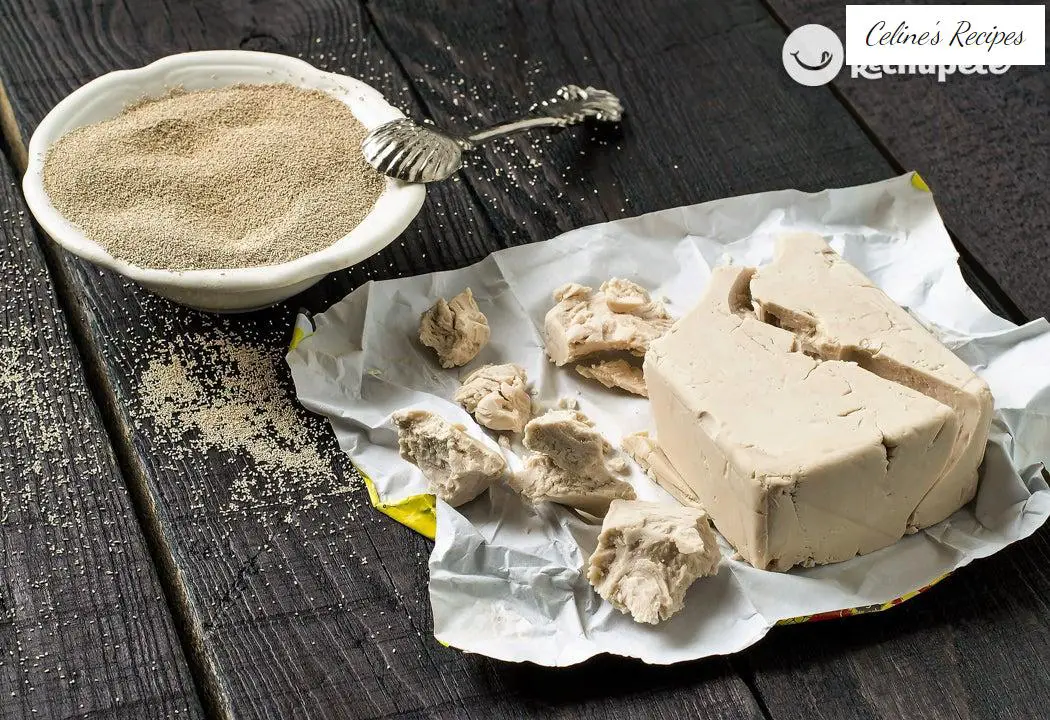
Everything you need to know about yeast .
In Rechupete Recipes we are starting the batteries in the panarra world, you already have the recipe of how to make bread at home, special for beginners or some simple muffins to start in the panarra world.
From this article on the blog, many of you have sent me emails asking many questions about bread and encouraging me to publish more on the subject. The biggest and most general doubt was about yeast and sourdough. I think there are two issues that I must separate and that deserve your full attention in an individual article.
Bakery yeast, pressed or granulated yeast are different, not much, but there are differences. Also advantages depending on which one you use.
.instagram-follow img{width:100%;height:auto;} @media screen and (min-width: 1000px) {.instagram-follow {display:block;clear:both;float:right;width:50%;margin-left:1em;}}
Many times it is not very clear because baker’s yeast is used in one bread or another and in other granulated dry yeast. In this post I will try to answer all your questions and doubts. You also have my email and the comments section for you to ask and expand information.
If you are reading to me outside of Spain, each country has its brands and formats. The best thing is that you leave me a comment and I investigate to help you. This is also how we all learn. If you want to contribute and help, you can always leave the advice of the one you use, the brand and quantities.
Before starting, clarify that bread in general is not made with chemical yeast, and of course the Roscón de Reyes , Brioche- type doughs , or pizza dough .
Most of the emails from our angry followers because the donut or pizza did not go well is because they have understood that the yeast is a chemical yeast or a promoter.
No, it is not the same, this type of chemical used in baking is not a live ferment. Except for soda bread, all the breads you will find are with baker’s yeast.
Yeast types
- Yeast is a leavening agent capable of producing gases in products that are to be baked to increase their volume. They manage to give shape and texture to a bread dough. It is an organism that is in the same family as mushrooms.
- When they are combined with water, sugar (contained in the flour), heat and some time, the yeast ferments and makes the dough by releasing carbon dioxide gas. These microorganisms and bacteria are what cause the appearance of gases and make a dough ferment. These bacteria die at high temperatures, so the yeasts will only take effect at temperatures below 50ºC, which is when we knead and let the dough grow.
- The yeast used to make bread and sourdoughs such as brioches, Swiss or roscón de Reyes is fresh yeast as a baker’s dry one.
Dry, granulated or baker’s yeast
- It is presented in hermetic envelopes of low grammage. A few small dark gray grains come. When we talk about the advantages of a dry bakery yeast against fresh pressed yeast, it is mainly due to its long expiration and better preservation. Being lyophilized it is easier to use. No need to dissolve it in water. It is very active, powerful and does not need to be kept cold.
- Its disadvantage is that it hates humidity, if you open the envelope where it comes from and do not use it all, it can spoil it. But as long as you put it in an airtight pot you will have no problem. Its price is also higher and in most preparations the package is usually left open since little quantity is used. It is recommended that it be consumed within 24 months from its date of preparation and 6 months after opening the envelope.
- Regarding the measures (your biggest doubt in the emails). One gram of dry yeast equals 3 grams of fresh yeast. When the recipe calls for fresh yeast, to calculate the equivalent, we will divide by three. For example, if the recipe indicates 30 grams of fresh pressed yeast, we should put 10 grams of dry.
- Normally for a half kilo bread of flour with a teaspoon of the dry is enough. But you should always follow the directions of the recipe or bread, and if possible, weigh the amount you need.
- As for brands of dry baker’s yeast that you can find in the supermarket or trusted markets there are many. Some have less potency than others, but I have recommended them with total confidence: Lesaffre, Belbake (Lidl’s), Maizena, Granovita, Fermipan, Fleischmann or Vahiné.
Fresh or pressed baker’s yeast
- You will find fresh or pressed yeast in the cold section (next to the doughs) in supermarkets. They usually come in small packages of about 25 grams. These packets usually come in 2 compact cubes that crumble easily and are moist. The two brands that I know and have used are Levanova and Levital, they are very easy to find in almost any city or town.
- They must be kept in the fridge to preserve their properties. Its main disadvantage is the expiration, being alive lasts a short time, a few days. If you use it expired (that is, dead) it will have no effect on the dough. It will be seen quickly, as the dough will not rise or will rise slightly.
- You have a lot left over and you are not going to use it, it can be frozen. Although I do not recommend it, as long as I have done it, even after thawing the yeast well, it does not work as with the fresh one. Keep in mind that sometimes it loses a little power.
- Its advantage is the ease of use, it mixes very easily with the dough. Either you mix it with water or you do it directly on the flour, you will not have problems in the kneading. Also its price is usually very cheap, I think the last one I bought was 33 cents.
Which one do you recommend? How much yeast is necessary?
- You can use the format that you prefer and with which you are most comfortable. My recommendation is that depending on the bread you are going to make, follow the recommendations of the recipe.
- I personally like fresh yeast more, but it is true that I make many doughs at home with what never expires. I don’t give you time. For the roscón de Reyes, brioche , panettones or Swiss rolls always fresh. In the case of easy bread it usually goes with dry yeast for its power.
- The proportions depend a lot on the type of preparation. The most common is to use 3% fresh yeast over the proportion of flour or flour mixture.
- And so as not to screw it up, go back to talking about chemical yeast. You should not use it for sweet doughs with brioche fat , or for bread doughs or the like. It does not work and it is not their function to lift these masses. It is only valid for biscuits, muffins and cookies, and in some special case such as soda bread.
- If the flour you are going to use is confectionery, that is to say with leavening additives, it is not necessary to put yeast unless it is indicated in the recipe. For most of our biscuits we always indicate the type of flour to use in the recipe, which will be very easy for you.
Did you like it? Share it!
Share Tweet Pin it To print
Receive a weekly email with new recipes and yummy recommendations.
Think of Pixels SL as the owner of Recetasderechupete.com, it will use the data you provide in this form only to send you blog updates. We treat your data with respect. For more information see the Privacy Policy . You can change your mind at any time and unsubscribe by clicking on the footer of any email you receive from this website, or by contacting [email protected]. Yummy recipes use Mailchimp as a platform for sending emails. Mailchimp is covered by the EU-US Privacy Shield agreement, approved by the European Data Protection Committee. By submitting this form you agree that your data will be transferred to MailChimp to process it in accordance with its Privacy Policy .
If you liked this article you will like:
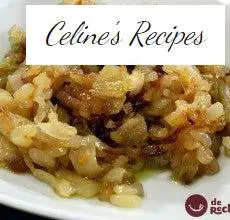
How to prepare caramelized onion

Corvina. Benefits, properties and recipes

